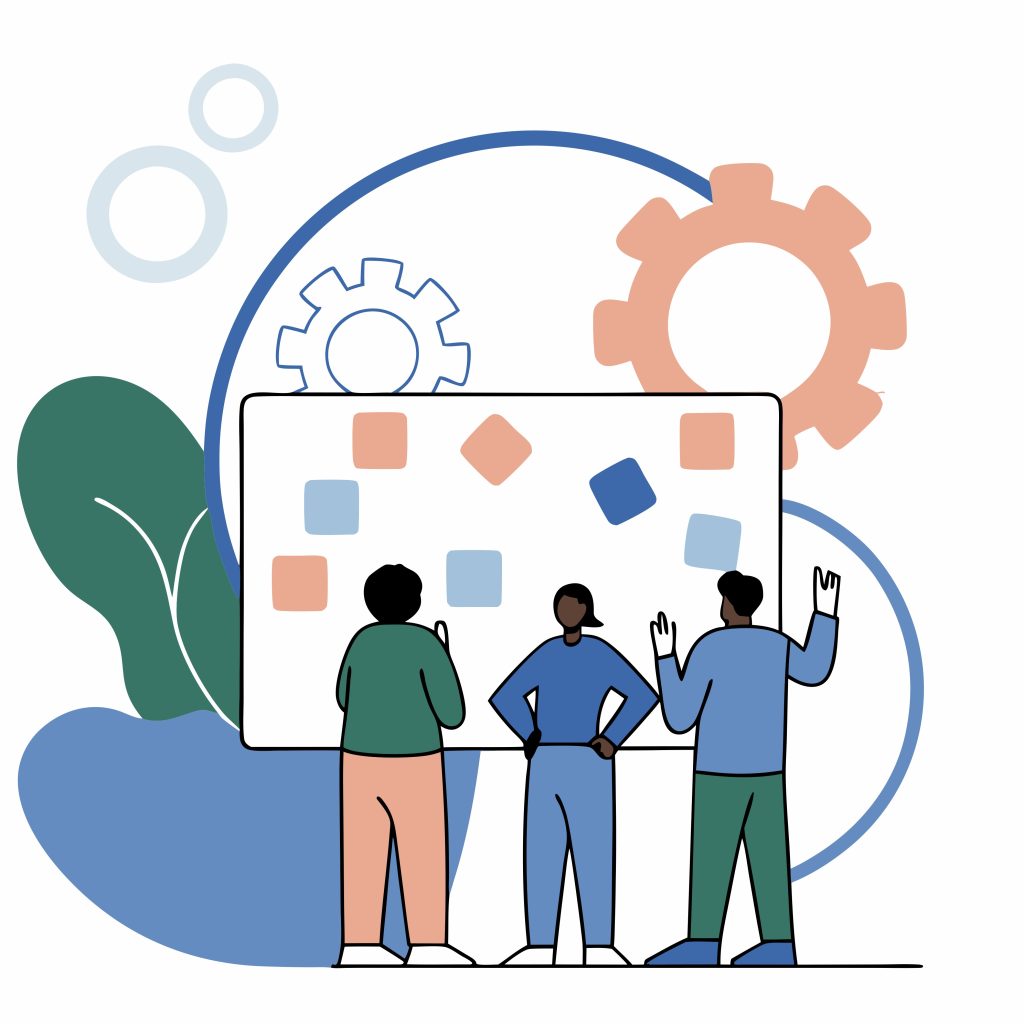Over the last 15 years, Raj has been working successfully in a product engineering company. He has grown up the ranks – starting as a trainee to now managing a product line. He works in the Indian software centre of a large corporation, enabling his colleagues in other parts of the world.
Till a couple of years ago, Raj has been working with customers from US and Europe primarily. They have liked Raj’s commitment to adhering to the systems and processes. Raj has worked both in the classic waterfall model and the agile way of delivering.
He’s known to ensure that the team gets the clarity of requirement to execute their job. When the team finds ambiguity, he has been able to push back the customer to either quickly provide the details or defer the requirement. His customers in US and Europe understand that well. They love Raj’s implementation of Requirement and Change Management process. They want the product to be in line with what they envisaged and not what the team assumed, after all!
Raj (assisted by his team) provides the customer with the estimates for every drop/ release. Should the team run into unforeseen challenges – he is quick to keep the customer updated and is generally able to get the customer to increase the time to deliver the requirement. He does not want to cut out on reviews and testing. The customer’s adore Raj for his no short-cuts to quality approach, and they are willing to pay the price – a little reduction in completed requirements or an increased timeline.
Now, Raj’s product line has started to get customers from the core Asian market (China, India…) . They respect Raj and his team as leaders in the domain. They are willing to learn and understand the various features. Raj and team are happy that they have moved from the back seat to the front-seat with these customers.
However the agony for Raj and his team comes from the following:
– The customers do not formally sign-off the requirements and want them to get started with development.
– The customers are willing to change the requirements dynamically, as they learn more about the base product, and want the team to act immediately on it.
– These customers treat deadlines as sacrosanct. So any attempt to explain a need for change is pretty much ruled out.
– They also have aggressive timelines compared to the other customers (which are not negotiable).
– To top it all they find the customer and their in-country team switch to local language during calls (even though they have all agreed that English is the medium of communication). So the team is bothered about what exactly is the customer perception.
Put yourself in Raj’s shoes and let us know what you would do/would not do under these circumstances, to stay successful?




